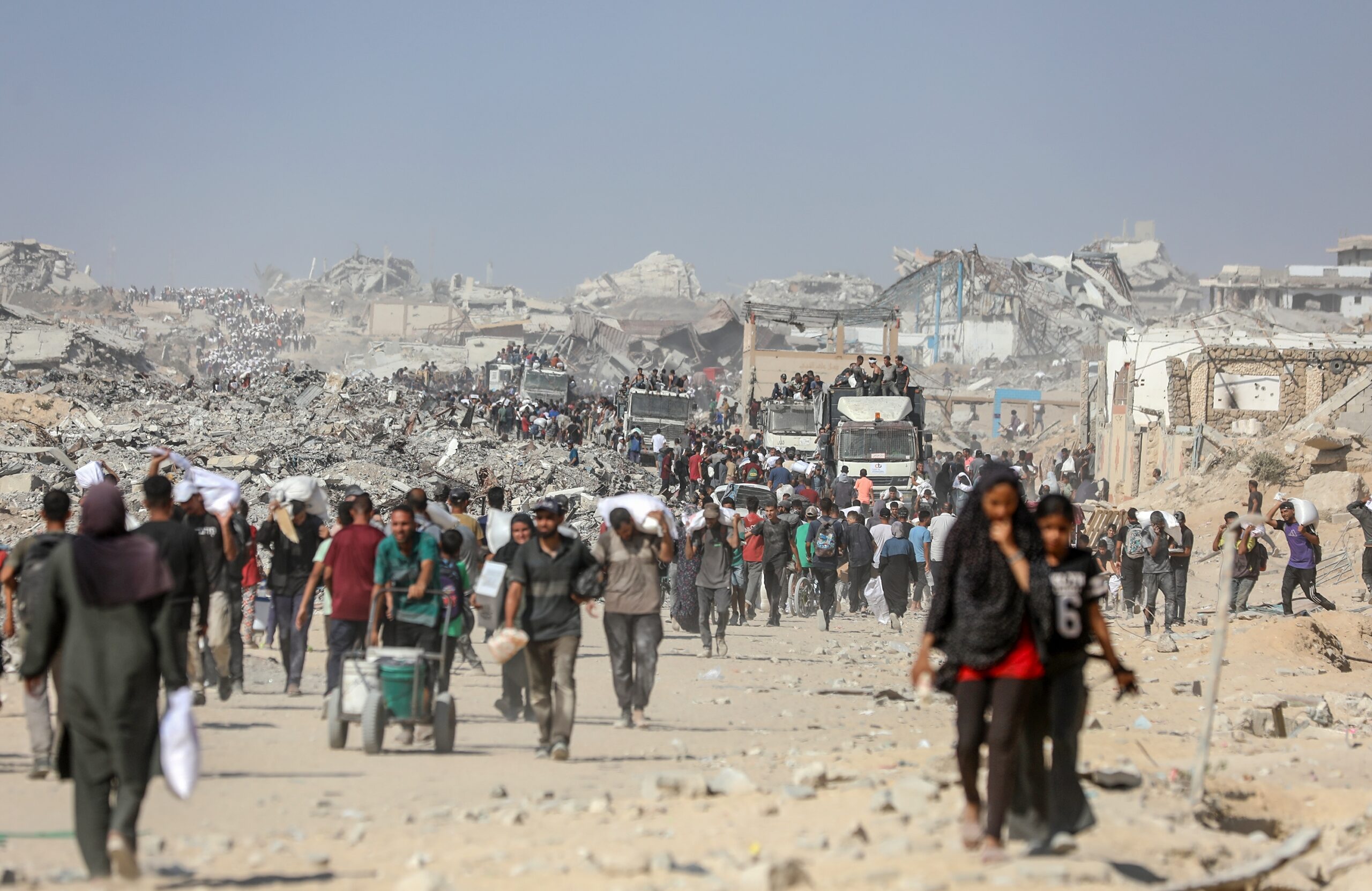India’s military strikes deep into Pakistan is a major escalation of tensions between New Delhi and Islamabad following a recent terrorist attack in India-administered Kashmir. Pakistani retaliation is a distinct possibility, but both countries are fully aware how quickly things could get out of control.
In the early hours of 7 May India targeted nine sites in Pakistan-administered Kashmir and in Pakistan proper in response to a terrorist attack in India-held Kashmir which killed 28 tourists on 22 April. Indian fighter jets and missiles hit infrastructure sites associated with two high-profile Kashmir-focused non-state actors: the Lashkar-e-Taiba (LeT) and the Jaish-e-Mohammad (JeM). Both terrorist groups have well-known links with Pakistan military intelligence. JeM claimed responsibility for the terrorist attack—the biggest since 1989—in Pulwama in Indian-held Kashmir in 2019 which led to a subsequent military clash between Pakistan and India.
The big difference with this latest terrorist attack in Pahalgam with previous ones is that the target was not security forces but tourists. Except for one person, all were Hindu Indians. Initially, a largely unknown group, The Resistance Front (TRF), suspected of being an off-shoot of the LeT, claimed responsibility for the attack. However, the TRF subsequently denied any involvement.
Without any supporting evidence, India accused Pakistan of being behind the attack. Pakistani Prime Minister Shehbaz Sharif denied any involvement and demanded a neutral independent investigation instead.
Regardless as to who was actually involved in the terrorist act, this attack was a particularly hard blow to India and personally humiliating for Prime Minister Narendra Modi who has been stating regularly that normalcy had returned to the region since his government had removed Jammu and Kashmir’s autonomous status in August 2019. But even more immediately humiliating for the Indian prime minister was the presence of US Vice President J.D. Vance in India on an official visit during the attack. India’s failure to decisively punish Pakistan militarily for the 2019 terrorist attack meant that Modi would have been under intense pressure to do something big to punish Pakistan. He repeatedly stated that India would pursue the perpetrators to the “ends of the earth.”
India quickly implemented non-military measures against Pakistan and the latter responded in kind. New Delhi closed the border, expelled Pakistani diplomats and defence attachés, suspended the 1960 Indus Water Treaty (something which had never been done even during the previous three wars and military clashes with Pakistan), all Pakistanis on SAARC (South Asia Association for Regional Cooperation) visas were told to leave within 48 hours, and it stopped all bilateral trade. In addition to implementing similar punitive measures, Pakistan also suspended the 1972 Simla Accord which stipulates that all bilateral disputes are to be resolved peacefully and without external involvement. Islamabad also suspended all overflight rights for Indian commercial planes.
The kinetic clash
Pakistani civilian and military leaders knew it was only a matter of time when India would hit Pakistan. But they were ready.
As with all fast-moving military conflict situations, it’s often difficult to separate fiction from facts, government propaganda, and sloppy media reporting from reality on the ground. But at the time of writing, there’s agreement that India had hit nine terrorist-related infrastructure targets not only in Pakistan-administered Kashmir but also in Punjab, some 80-100 kilometres deep into Pakistan. In the Indo-Pakistan context this is a big deal. Ever since Partition, there’s been an unwritten understanding between the military and civilian leaders that military clashes between the two rivals in the contested Kashmir region was tolerable, but that any clash across the international border would be upping the ante significantly.
It’s not yet completely clear how much damage India’s strikes inflicted on Pakistan but, according to official Pakistani military sources, 31 civilians were killed. According to the same source, five Indian military aircraft were downed. On the other hand, India confirmed that only three of its aircraft had been destroyed. Both sides seem to agree that no Pakistani aircraft was lost. And both sides also agree that none of their miliary aircraft entered the other’s airspace. There were also uncorroborated reports that Pakistan had hit Srinagar army headquarters in Kashmir and Pathankot air base in Punjab. These are big losses for India, especially if some of these included the highly sophisticated French Rafale.
The Fall-out
Prime Minister Modi would have had several military and political objectives in striking Pakistan. Some of these would have been met, others not.
While hitting the LeT and JeM’s centres deep in Pakistan had more symbolic than actual military value, it certainly indicates that the gloves are off and that the heartland of Pakistan is no longer off limits for Indian military strikes. But, more worrisome, these measures escalate tensions between the two countries. Although Pakistan successfully dealt with India’s military strikes, General Munir, the Chief of Army Staff and the man who effectively runs the country, will be under significant pressure to retaliate against India. General Asim Munir will need to take into consideration the fact that the army’s reputation is probably at the lowest it has been for many years. Failure to retaliate could reinforce the perception among millions of Pakistanis that the army is only good at locking up political opposition and no longer fit to fight. One mustn’t forget that Pakistan is deeply divided politically, with the highly popular former prime minister Imran Khan languishing in a Pakistan jail on dubious charges since August 2023.
Modi not only wanted to “teach” Pakistan a lesson for the domestic and military reasons discussed above, but also to demonstrate to the Americans that it could be a reliable long-term security partner to counter China. This was particularly important given that India will be hosting the Leaders’ Meeting of the Quad (Australia, India, Japan and the US) in September. That “lesson” did not happen.
Is this the end of the matter?
Islamabad will be under intense pressure from the international community, and in particular from the US and China, not to escalate while it’s distinctly ahead in its military confrontation with India. But, domestically, General Munir will have to be seen to stand up to arch-enemy India, especially given that Pakistan’s National Security Council, chaired by Shehbaz Sharif, declared the Indian strikes “acts of war.” It will be a difficult balancing act for him to get right.
On the whole, New Delhi has international sympathy on its side. But were Pakistan to launch a retaliatory strike, Modi too would have little room to manoeuvre domestically. And two nuclear-armed states—whose bilateral relations never really recovered from the 2019 terrorist attack—in a potentially spiralling military confrontation is a frightening scenario which is the last thing the world needs as war continues to rage in Ukraine and Gaza.
Dr Claude Rakisits is a Canberra-based geo-strategic analyst who has followed South Asian issues for over 40 years.
This article is published under a Creative Commons License and may be republished with attribution.




